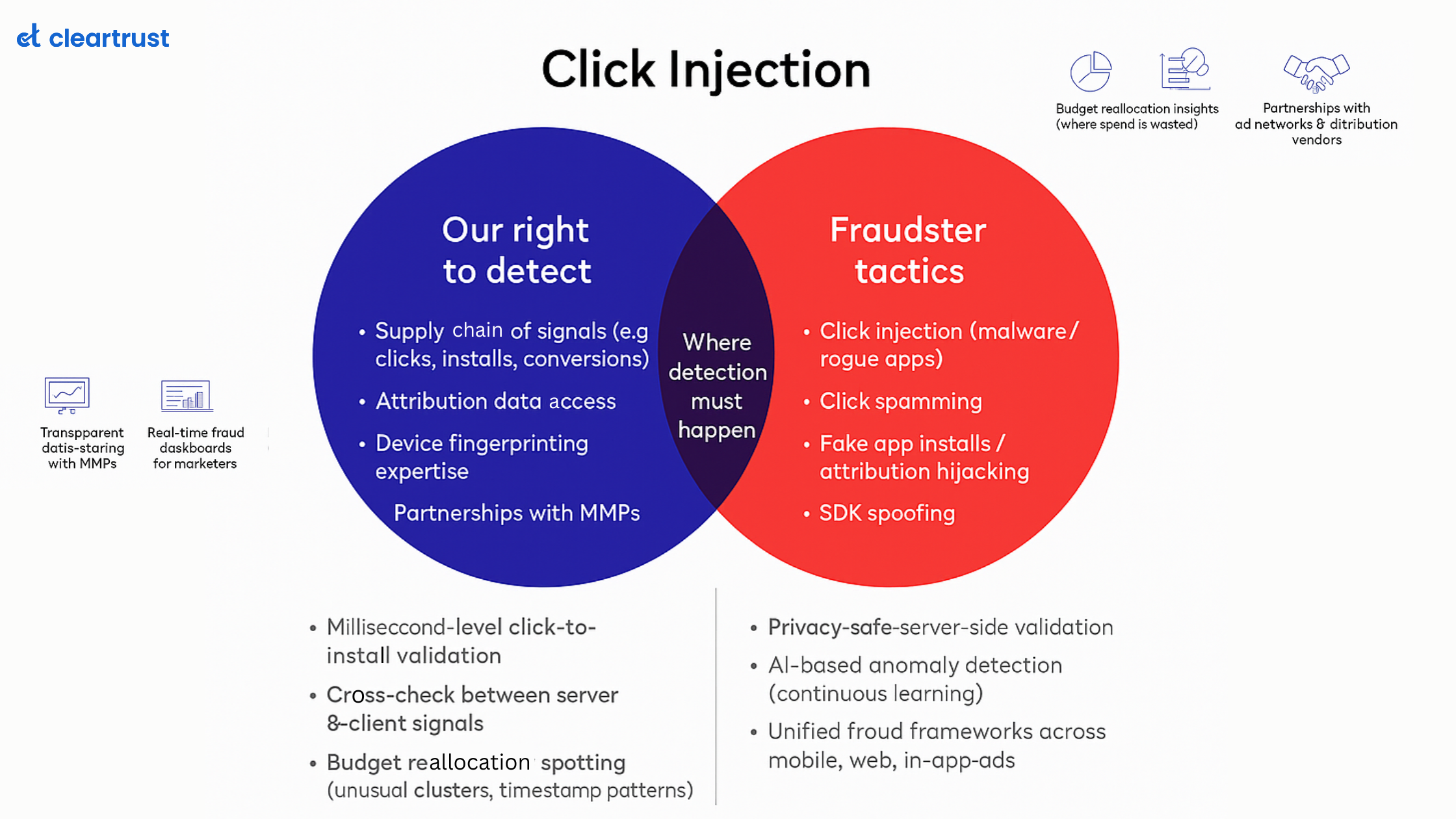In the dynamic landscape of ad marketing, various formats vie for attention. From display banners to video ads, the realm of advertising has continually evolved to captivate audiences. Among these, native advertising stands out as a potent force, seamlessly blending into content and engaging audiences in an unobtrusive manner. As publishers navigate the intricacies of ad marketing, understanding native advertising's prowess becomes paramount to harness its potential.
Native advertising spend in the U.S. is expected to reach $98.59 billion in 2023. While the need for contextual targeting increases, marketers are constantly adopting various strategies to make more users see ads, generate newsletter sign-ups and obtain genuine leads. In achieving these objectives, native advertising plays a crucial role. In this blog, we will discover how native advertising works and how it assists publishers in ad marketing
What is native advertising?
Native advertising is the art of harmoniously integrating promotional content within the fabric of a platform, adopting the form and function of the surrounding content. This form of advertising can be in different formats and is compatible with the existing content on the platform which enables users to engage with it and take subsequent actions faster than other forms of ads. Its functioning is unique due to the following reasons:

How does it assist publishers?
For programmatic publishers seeking effective ad marketing strategies, native advertising presents a myriad of advantages:
- Enhanced user experience- Native ads seamlessly blend with content, enriching the user experience by providing valuable and relevant information without interrupting the browsing flow. This, in turn, reduces ad fatigue and enhances engagement.
- Monetization opportunities- Native advertising offers diverse monetization avenues for publishers. By incorporating native ad placements within their content, publishers can create additional revenue streams while maintaining the quality and integrity of their platform.
- Improved engagement metrics- With native ads resonating more naturally with audiences, publishers often observe higher engagement metrics, including increased time spent on-site, higher interaction rates, and improved user retention.
- Expanded reach and audience targeting- Native advertising allows publishers to reach a wider audience by tailoring content to specific demographics or interests. Through precise targeting, publishers can deliver more personalized ads, thereby maximizing their impact.
- Building long-term relationships- As native ads prioritize user experience and relevance, publishers can cultivate trust and loyalty among their audience. This fosters long-term relationships, benefiting both the publisher and advertisers.
In the realm of ad marketing, the efficacy of native advertising for publishers cannot be overstated. Its ability to seamlessly integrate promotional content into the user experience while maintaining authenticity and relevance has reshaped the advertising landscape. For digital publishers, leveraging native advertising opens avenues for enhanced user engagement, diversified revenue streams, and the cultivation of lasting relationships with their audience. As the digital ecosystem continues to evolve, embracing native advertising emerges as a strategic imperative for publishers seeking sustainable growth in ad marketing.







